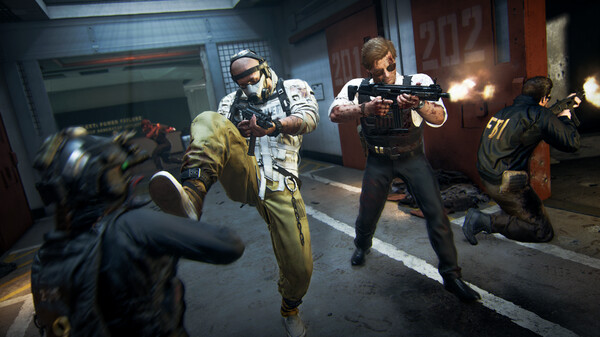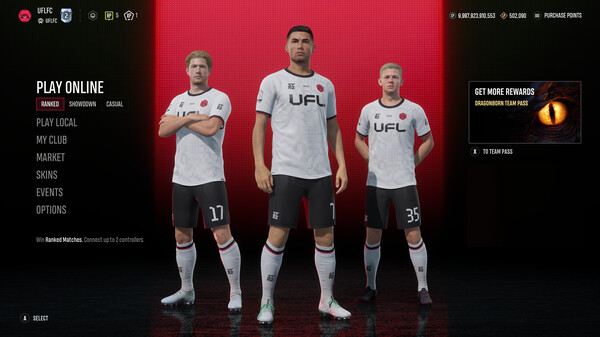Advertisement
Popular Now
Since its launch in 2017, Fortnite has become a global cultural phenomenon, amassing millions of players worldwide. Developed by Epic Games, Fortnite revolutionized the battle royale genre and brought new attention to online gaming. One of the key elements of its success is its free-to-play model, which allows anyone with access to a gaming console or PC to download and play. However, Fortnite is not entirely free. Instead, it monetizes its vast player base through microtransactions, in-game purchases, and a range of cosmetic items available for real money. While this model has generated significant revenue for Epic Games, it has also raised concerns about fairness, accessibility, and the overall player experience. This article delves deeply into the issue of microtransactions and pay-to-win mechanics in Fortnite, exploring how they affect gameplay, the community, and the future of the game.
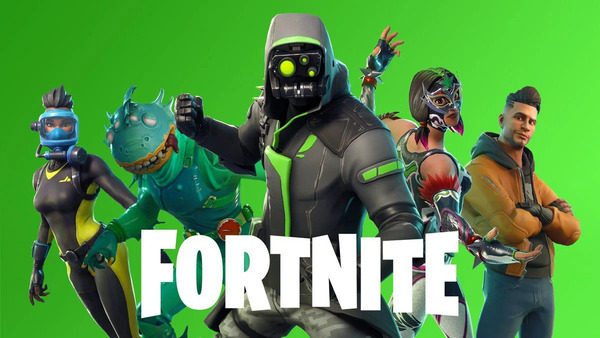
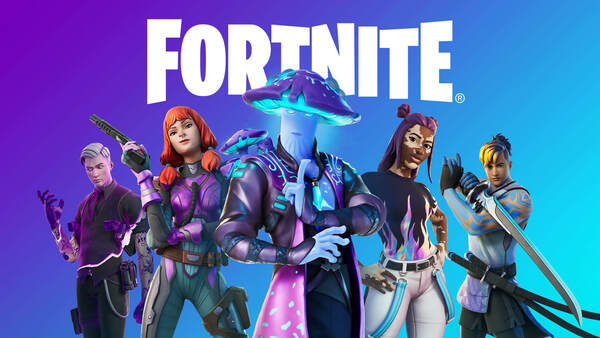 While Fortnite does not feature direct pay-to-win mechanics where players can purchase power-ups or performance advantages, the game's monetization model still raises concerns. Players can buy cosmetic items like skins that alter the appearance of their character, but these items do not impact the player's ability to perform in the game. The issue, however, lies in how Fortnite’s monetization influences competitive fairness.
While Fortnite does not feature direct pay-to-win mechanics where players can purchase power-ups or performance advantages, the game's monetization model still raises concerns. Players can buy cosmetic items like skins that alter the appearance of their character, but these items do not impact the player's ability to perform in the game. The issue, however, lies in how Fortnite’s monetization influences competitive fairness.
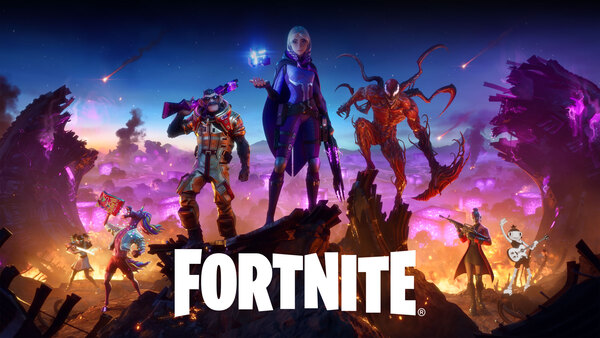 One major consequence of the microtransaction model is the emphasis on creating cosmetics rather than focusing on new gameplay features or improvements. Players are often offered new skins, dances, and cosmetics in place of meaningful content updates. While Fortnite does introduce new mechanics and seasonal events, the core gameplay remains relatively unchanged, with most updates revolving around cosmetics or limited-time events.
This focus on cosmetics can be seen in the frequent collaborations with external brands and entertainment properties. While these collaborations increase player engagement and revenue, they also shift the focus of the game away from player-driven creativity and gameplay innovation. The lack of significant gameplay changes in some seasons has led to criticisms that Fortnite is more focused on maintaining revenue through microtransactions than improving the overall experience.
One major consequence of the microtransaction model is the emphasis on creating cosmetics rather than focusing on new gameplay features or improvements. Players are often offered new skins, dances, and cosmetics in place of meaningful content updates. While Fortnite does introduce new mechanics and seasonal events, the core gameplay remains relatively unchanged, with most updates revolving around cosmetics or limited-time events.
This focus on cosmetics can be seen in the frequent collaborations with external brands and entertainment properties. While these collaborations increase player engagement and revenue, they also shift the focus of the game away from player-driven creativity and gameplay innovation. The lack of significant gameplay changes in some seasons has led to criticisms that Fortnite is more focused on maintaining revenue through microtransactions than improving the overall experience.

1. The Rise of Microtransactions in Fortnite
Microtransactions have become a dominant feature in modern gaming, particularly in free-to-play titles. In Fortnite, players can purchase in-game currency, V-Bucks, which can then be used to buy cosmetics such as skins, emotes, gliders, and other non-gameplay-affecting items. The game also offers battle passes, which provide additional rewards for players who complete specific objectives over the course of a season.1.1 How Microtransactions Work in Fortnite
In Fortnite, V-Bucks can be earned through gameplay, but they are also available for purchase with real money. This dual system encourages players to either grind for V-Bucks or spend money to speed up the process. The game's business model heavily relies on these transactions to generate revenue, as the base game is free. The inclusion of microtransactions allows Epic Games to keep Fortnite accessible to a wide audience while still profiting from in-game purchases. While the cosmetics do not directly affect gameplay (i.e., no "pay-to-win" advantages), the sheer variety and frequency of new skins, emotes, and other cosmetic items incentivize players to spend money, especially since these items are often limited-time offers. The constant rotation of items creates a sense of urgency, compelling players to make purchases before they disappear.1.2 The Battle Pass System
The introduction of the Battle Pass in Fortnite has further enhanced the monetization strategy. For a fixed price (usually around 950 V-Bucks, or approximately $10), players can unlock a variety of rewards, including exclusive skins, emotes, and other cosmetic items. The Battle Pass is tied to a progression system where players complete challenges and missions to earn experience points and unlock tiers of rewards. While the Battle Pass rewards are purely cosmetic, they provide a significant incentive for players to engage with the game more frequently and complete challenges to unlock new items. The Battle Pass also encourages players to spend money, as they can choose to purchase additional tiers to speed up their progress. This creates a sense of "FOMO" (fear of missing out), as players feel compelled to buy the Battle Pass and complete it before the season ends.2. The Impact of Pay-to-Win Mechanics in Fortnite
 While Fortnite does not feature direct pay-to-win mechanics where players can purchase power-ups or performance advantages, the game's monetization model still raises concerns. Players can buy cosmetic items like skins that alter the appearance of their character, but these items do not impact the player's ability to perform in the game. The issue, however, lies in how Fortnite’s monetization influences competitive fairness.
While Fortnite does not feature direct pay-to-win mechanics where players can purchase power-ups or performance advantages, the game's monetization model still raises concerns. Players can buy cosmetic items like skins that alter the appearance of their character, but these items do not impact the player's ability to perform in the game. The issue, however, lies in how Fortnite’s monetization influences competitive fairness.
2.1 Cosmetic Items and Player Advantage
Though cosmetic items in Fortnite are designed to not affect gameplay, they can still influence the player experience. Certain skins, particularly those with large or brightly colored features, can make it easier for opponents to spot a player from a distance. In some cases, skins can even be distracting, causing players to misjudge their aim or position in the game. As a result, while skins are technically cosmetic, they can indirectly affect how players perform in matches. The presence of these skins has sparked a debate about whether Epic Games should include features that help players differentiate between "default" characters and those who have spent money on skins. Some players argue that skins, while visually appealing, create an uneven playing field, especially in competitive modes.2.2 The Social Pressure of Spending
In Fortnite, players can sometimes feel social pressure to purchase cosmetics in order to fit in with the community or show off their in-game achievements. This social pressure is particularly evident in the younger player base, where peer influence can heavily impact purchasing behavior. Players who cannot afford or choose not to purchase cosmetic items may feel left out or less competitive in a social sense, even though their actual gameplay abilities are unaffected. Epic Games has expertly created a culture around Fortnite’s cosmetics, turning skins into status symbols. Limited-time skins and collaborations with popular franchises (e.g., Marvel, Star Wars, and DC Comics) have only intensified this pressure. Players want to be part of the conversation and participate in the same events as others, which often leads to spending more money on cosmetics.3. The Rise of Microtransactions and Their Effect on Game Design
As microtransactions have become more prevalent in gaming, the way Fortnite is designed has shifted. Epic Games has adapted its game to maximize engagement with the monetization model, often prioritizing the development of content that can be sold, such as skins and emotes, over other gameplay improvements.3.1 The Emphasis on Cosmetics Over Gameplay
 One major consequence of the microtransaction model is the emphasis on creating cosmetics rather than focusing on new gameplay features or improvements. Players are often offered new skins, dances, and cosmetics in place of meaningful content updates. While Fortnite does introduce new mechanics and seasonal events, the core gameplay remains relatively unchanged, with most updates revolving around cosmetics or limited-time events.
This focus on cosmetics can be seen in the frequent collaborations with external brands and entertainment properties. While these collaborations increase player engagement and revenue, they also shift the focus of the game away from player-driven creativity and gameplay innovation. The lack of significant gameplay changes in some seasons has led to criticisms that Fortnite is more focused on maintaining revenue through microtransactions than improving the overall experience.
One major consequence of the microtransaction model is the emphasis on creating cosmetics rather than focusing on new gameplay features or improvements. Players are often offered new skins, dances, and cosmetics in place of meaningful content updates. While Fortnite does introduce new mechanics and seasonal events, the core gameplay remains relatively unchanged, with most updates revolving around cosmetics or limited-time events.
This focus on cosmetics can be seen in the frequent collaborations with external brands and entertainment properties. While these collaborations increase player engagement and revenue, they also shift the focus of the game away from player-driven creativity and gameplay innovation. The lack of significant gameplay changes in some seasons has led to criticisms that Fortnite is more focused on maintaining revenue through microtransactions than improving the overall experience.













